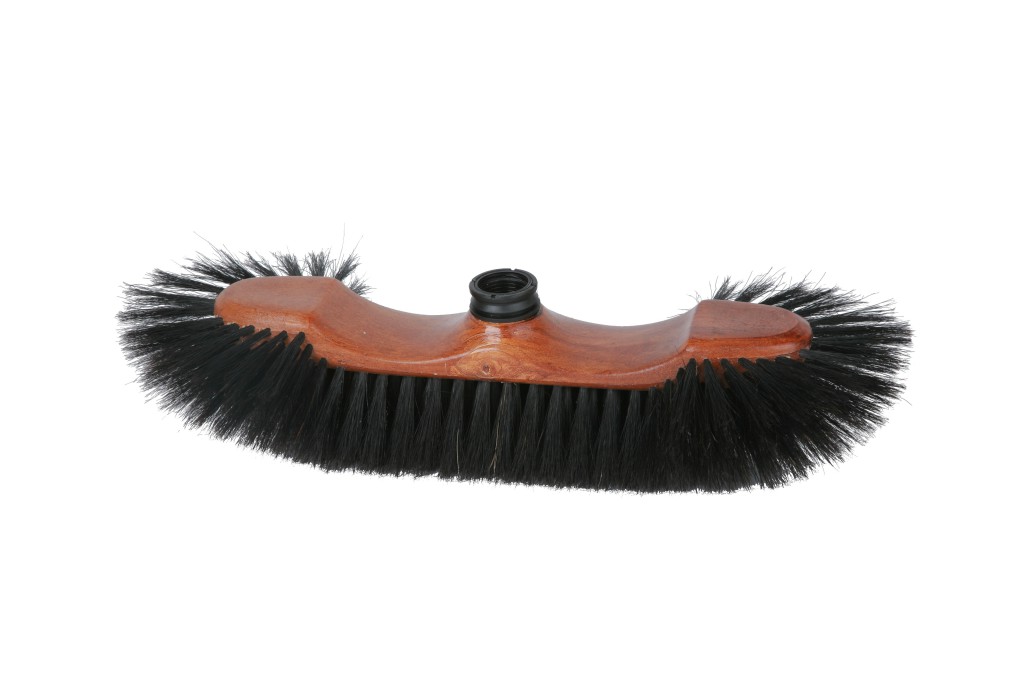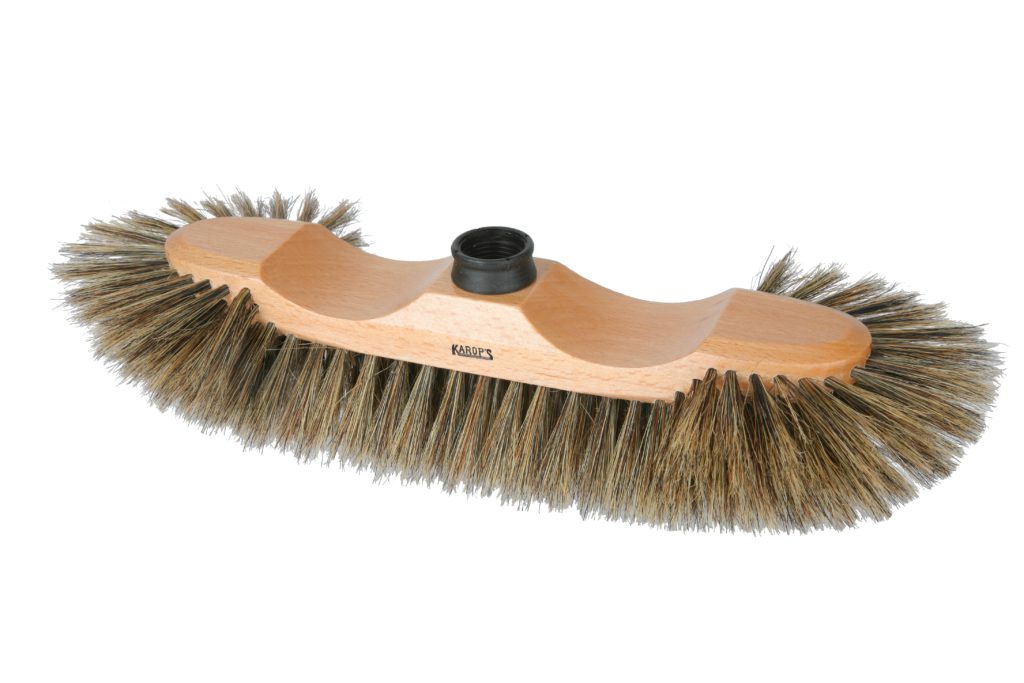
I always end up with sugar all over my fingers and craving some more.

Retrieved May 19, 2007.I get so much joy from biting into a chewy and soft beignet that’s still a little bit warm. Genista monspessulans (French Broom), from The Global Invasive Species Initiative website the webpage has links to several photographs.French Broom Webpage from the website the webpage gives links to additional photos.Greensboro, North Carolina: National Plant Data Team. French Broom Information Page USDA, NRCS (n.d.).Media related to Genista monspessulana at Wikimedia Commons.Cooperative Research Center for Australian Weed Management. ^ "Noxious Weed List for Australian States and Territories" (PDF).Archived from the original (PDF) on Novem. "Element Stewardship Abstract for Cytisus scoparius and Genista monspessulanus" (PDF). "Genista Monspessulana ," in Invasive Plants of California's Wildlands. ^ a b "Exotic Species: Scotch Broom (U.S.
#French broom serial number
Genista monspessulana, webpage for taxonomic serial number 502738 retrieved May 19, 2007.

When introduced to a new area, French broom can become an invasive plant. It is found on coastal strips and in sunny inland areas, and does best with plentiful rainfall and sandy soils. Due to its lower tolerance for frost than other broom species, it is common in warmer, lower elevation areas. French broom was originally distributed throughout Mediterranean Europe and northwest Africa, the Azores, and the Canary Islands. monspessulana and related plants are common in European shrublands. It is related to the common broom and Spanish broom. The generous seed production and the plant's ability to re-sprout after cutting or burning help it to invade new habitat vigorously when introduced. One mature plant can produce 10,000 seeds per season. The plant begins seed production once it reaches a height of approximately 40 cm (16 in), and each plant can live for 10–20 years. They burst open with force, dispersing the seeds several metres. The pods are 2–3 cm ( 3⁄ 4– 1 + 1⁄ 4 in) long, tough and hard, covered all over with hairs, and are transported easily by flowing water and animals. Like other legumes, it develops its seeds within a pod. The flowers are yellow, grouped 3–9 together in short racemes. The leaves are evergreen, trifoliate with three narrow obovate leaflets, 1–2 centimetres ( 1⁄ 2– 3⁄ 4 inch) long.

monspessulana grows to 1–2.5 metres ( 3 + 1⁄ 2–8 feet) tall, with slender green branches. It is a noxious weed on the western coast of the US and in parts of Australia.

The yellow-flowering bush is native to the Mediterranean region, and while it may still be commonly sold in some garden stores, it is considered an invasive plant in most places where it has been introduced. Genista monspessulana, commonly known as French broom, Montpellier broom, or Cape broom (Australia), is a woody leguminous perennial shrub.


 0 kommentar(er)
0 kommentar(er)
